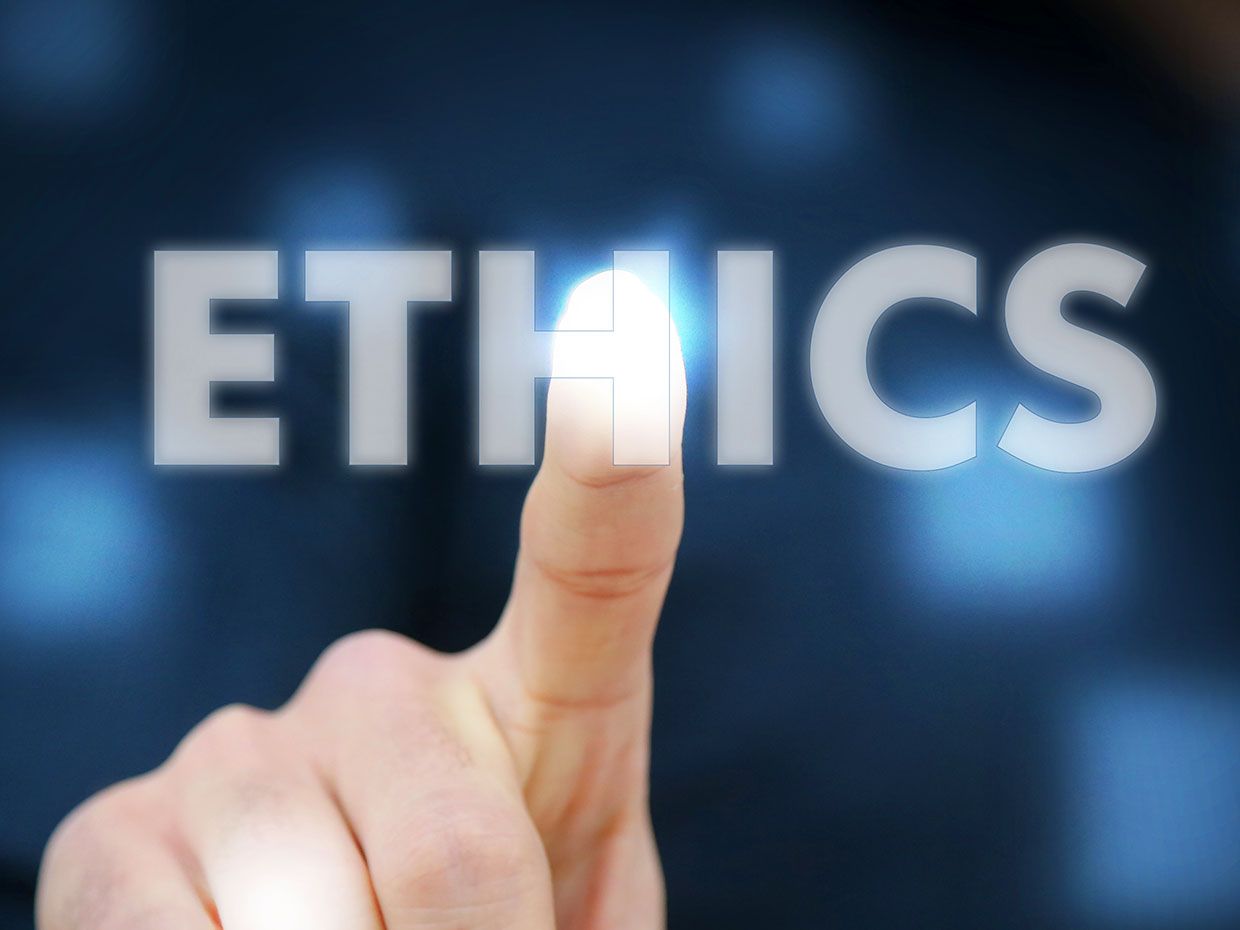Timeline: Elevating Ethics for Engineers
IEEE has been promoting ethical behavior for more than 100 years
In celebration of The Institute’s 40th anniversary year, we’re presenting aseriesof timelines highlighting topics and technologies that have moved forward significantly during the past four decades.
THE INSTITUTEIEEE and its predecessor societies have been assisting members in understanding the ethical differences between right and wrong and their responsibility to society as far back as the early 1900s. Back then, many members of the American Institute of Electrical Engineers were employed by large power utilities whose ethical behavior sometimes conflicted with the members’ status as professionals. To provide guidance, AIEE President Schuyler Wheeler in 1906 called for the creation of an ethics code. The AIEE did so in 1912, when it adopted its Code of Principles of Professional Conduct. The code dealt with such points as disclosing factors that might endanger the public, rejecting bribery, and avoiding conflicts of interest.
The Institute of Radio Engineers (IRE) in 1950 incorporated into its code of ethics the Canons of Ethics of the Engineers’ Council for Professional Development. The canons included principles concerned with professional life and employment, relationships between clients and employers, and relationships with the public.
When the AIEE and IRE merged in 1963 to form IEEE, one of the new organization’s first acts was to issue its Canons of Ethics of Engineers, the forerunner of today’s Code of Ethics.
IEEE concerns itself when engineers are involved in legal matters as a result of taking a position on a matter of ethical principle. The IEEE executive committee is empowered by the Board of Directors to enter an amicus curiae brief on behalf of the engineer in a U.S. court or in cooperation with another country’s national society.
IEEE took such a stand in 1972, for example, when three engineers with San Francisco’s Bay Area Rapid Transit (BART) system were fired for insubordination after they raised safety concerns with their supervisors. IEEE Spectrum explained the situation in a March 1973 article. In 1975 IEEE filed an amicus curiae brief in the case. That same year, IEEE members also pushed for an ethics committee to be established; it was set up in 1978.
IEEE continues to provide ethical guidance today.
This article was written with assistance from the IEEE History Center, which is partially funded by donations to the IEEE Foundation.
Kathy Pretz is editor in chief for The Institute, which covers all aspects of IEEE, its members, and the technology they're involved in. She has a bachelor's degree in applied communication from Rider University, in Lawrenceville, N.J., and holds a master's degree in corporate and public communication from Monmouth University, in West Long Branch, N.J.
